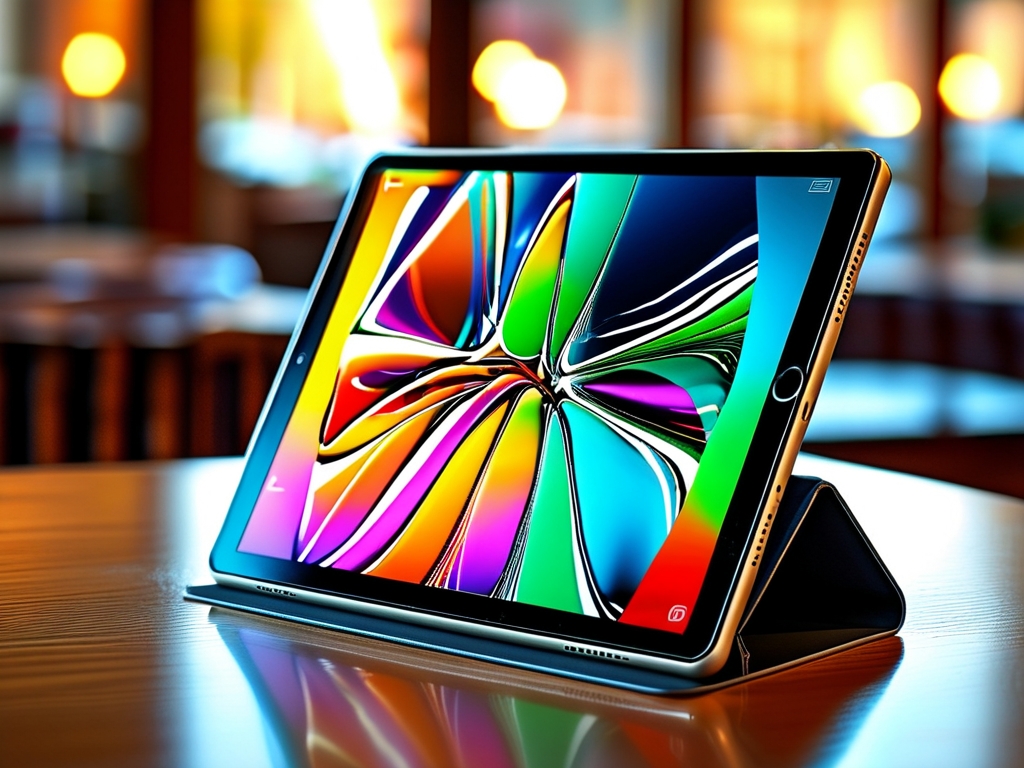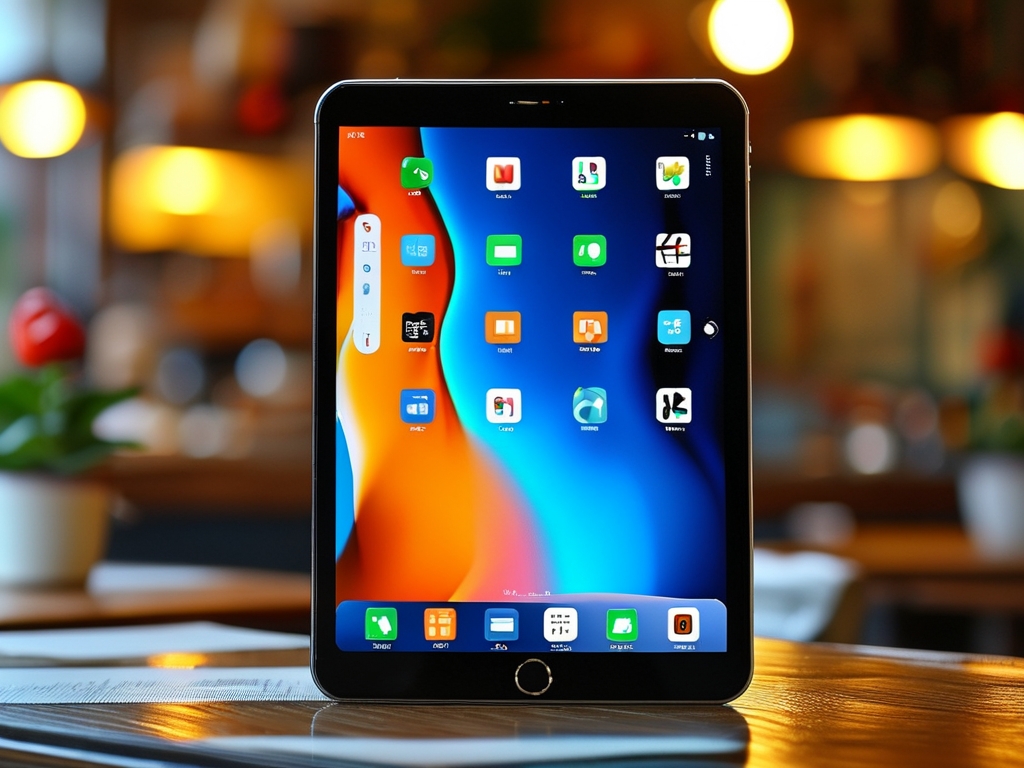In today’s digital age, tablets have become indispensable tools for work, entertainment, and communication. However, as we install more apps, managing memory permissions becomes critical to ensure smooth performance and protect privacy. This guide will walk you through the process of accessing and configuring memory permissions on your tablet, regardless of whether you’re using an Android or iOS device.
Why Manage Memory Permissions?
Memory permissions determine how apps interact with your tablet’s storage, RAM, and other resources. Poorly managed permissions can lead to:
- Performance issues: Apps running in the background may consume excessive memory, slowing down your device.
- Privacy risks: Apps with unnecessary access to your files or data could expose sensitive information.
- Battery drain: Memory-heavy apps reduce battery life significantly.
By controlling permissions, you optimize your tablet’s efficiency and safeguard your data.
Step 1: Accessing Settings
For Android Tablets:
- Open the Settings app (gear icon).
- Scroll to Apps or Applications.
- Tap App Permissions or Permission Manager (varies by manufacturer).
For iPads (iOS):
- Go to Settings.
- Select Privacy & Security.
- Tap Memory or Storage (depending on iOS version).
Step 2: Reviewing App Permissions
Once in the permissions menu, you’ll see a list of categories like Storage, Camera, Location, and Memory. Focus on Storage and Memory for this guide.
- Storage: Controls app access to files, photos, and downloads.
- Memory: Manages background processes and RAM usage.
Tap each category to see which apps have permission. For example, under Storage, you might find social media apps with access to your gallery.
Step 3: Adjusting Permissions
To Restrict Access:

- Select an app from the list.
- Toggle off permissions like Allow access to storage or Run in background.
Best Practices:
- Limit background activity: Restrict apps like email or weather widgets from refreshing constantly.
- Revoke unused permissions: If an app hasn’t been used in months, disable its access.
- Prioritize essential apps: Ensure productivity tools (e.g., cloud storage) retain necessary permissions.
Troubleshooting Common Issues
- App crashes after permission changes: Re-enable critical permissions or reinstall the app.
- Slow performance: Use your tablet’s built-in Device Care (Android) or Storage Management (iOS) to clear cached data.
- Unclear permission labels: Research app requirements online or contact developer support.
Advanced Memory Management
For power users, consider these tools:
- Developer Options (Android): Enable this hidden menu to limit background processes.
- Shortcuts (iOS): Automate permission resets using the Shortcuts app.
- Third-party apps: Tools like CCleaner or Files by Google offer deeper memory optimization.
The Role of Operating System Updates
Manufacturers frequently release updates to improve permission controls. For example:
- Android 13+: Introduced a “Partial Access” option for photos, reducing unnecessary storage access.
- iPadOS 16: Added granular controls for background app refresh.
Always keep your tablet updated to leverage the latest security and performance features.
Protecting Your Data Long-Term
Beyond permissions, adopt these habits:
- Regularly audit app permissions (every 3–6 months).
- Use encryption for sensitive files.
- Avoid sideloading apps from untrusted sources.
Managing memory permissions on your tablet is a simple yet powerful way to enhance performance and protect privacy. By following this guide, you’ll gain greater control over how apps interact with your device, ensuring a faster, safer user experience. Take 10 minutes today to review your settings—your tablet (and peace of mind) will thank you!


